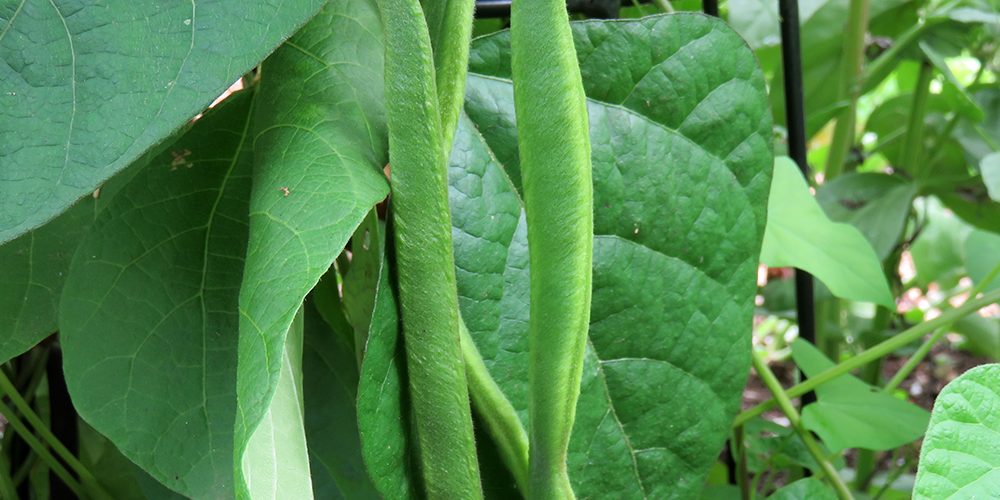Bean plants are an excellent source of nitrogen, and by leaving them to rot in empty beds once they’ve finished cropping this season you can really improve the quality of your soil.
It works like this: Beans (and peas and other legumes) have the capacity to form little nodules on their roots. Bacteria in the nodules then cleverly converts nitrogen from the air into usable form. The nitrogen is then released when the plant dies.
Now this works brilliantly in the garden because soil that is rich in nitrogen gives more nutrients to your veg plants (nitrogen deficiency is often responsible for yellow leaves and/or stunted growth).
In an ideal world, you’d grow loads of bean plants and cut them down before they flower as this is the point at which the most nitrogen is stored in the root nodules. But we like eating our beans, so we’re happy to compromise. Once your harvest is over then we recommend cutting the stalks at the base, leaving the roots in the ground to rot. Then simply pop the foliage in the compost heap if you have one, or just let them decompose on the surface of the soil if not. It won’t add loads of nitrogen to the soil, but it will definitely improve things somewhat for next year.

